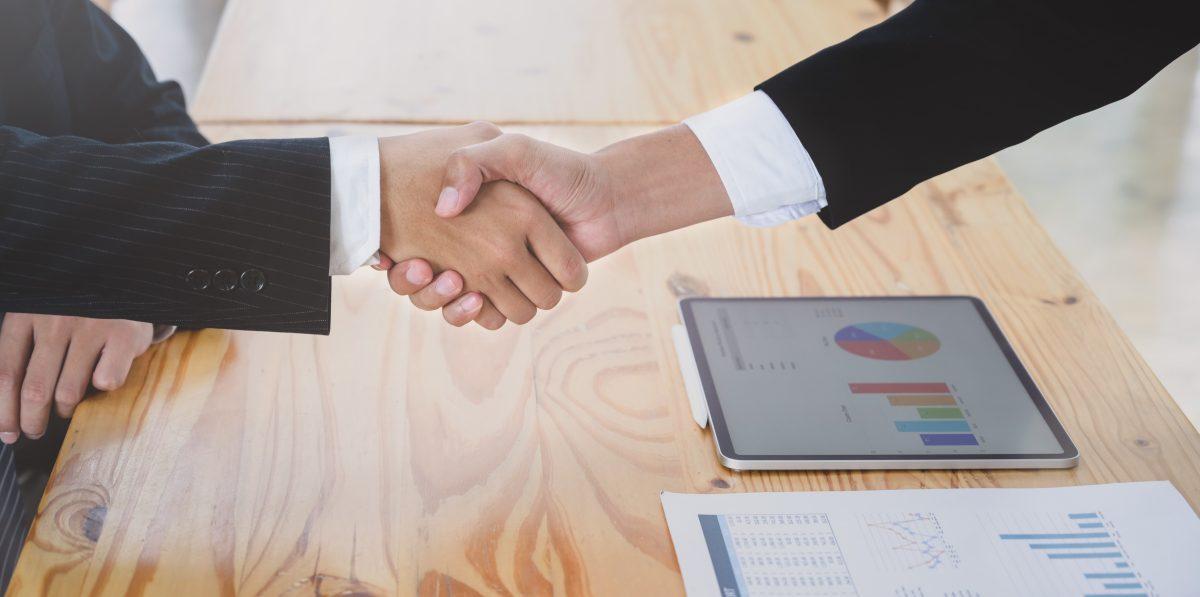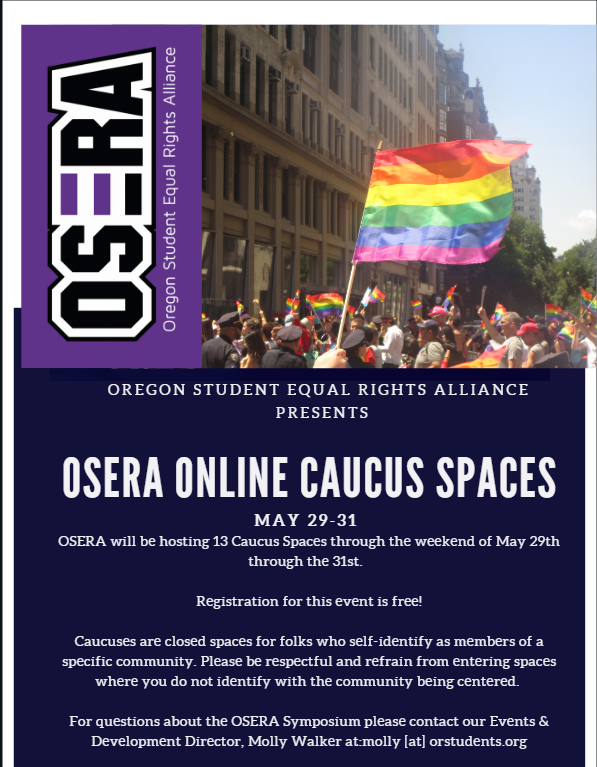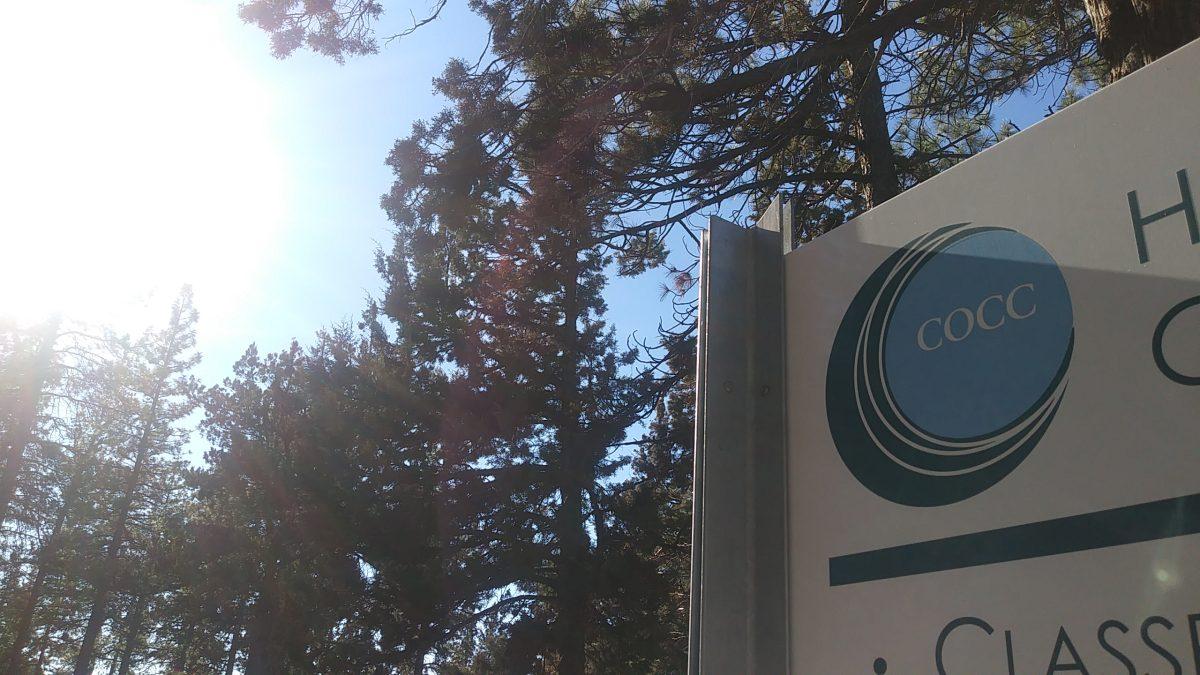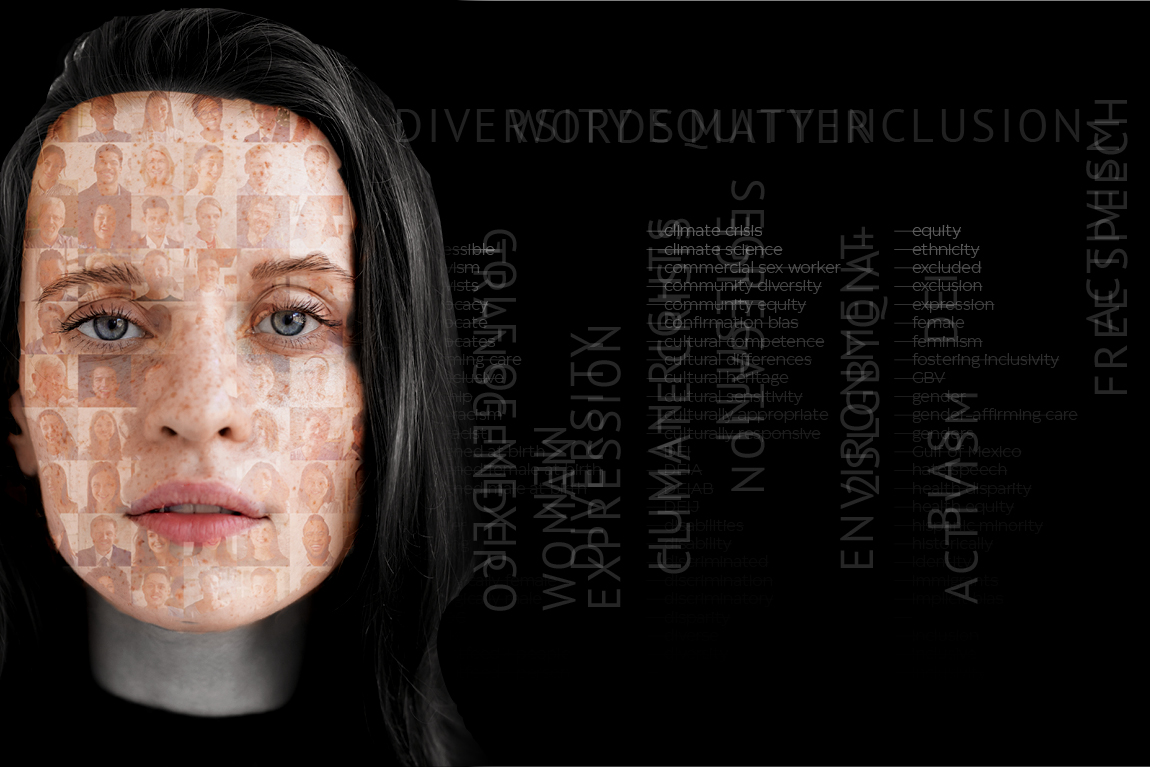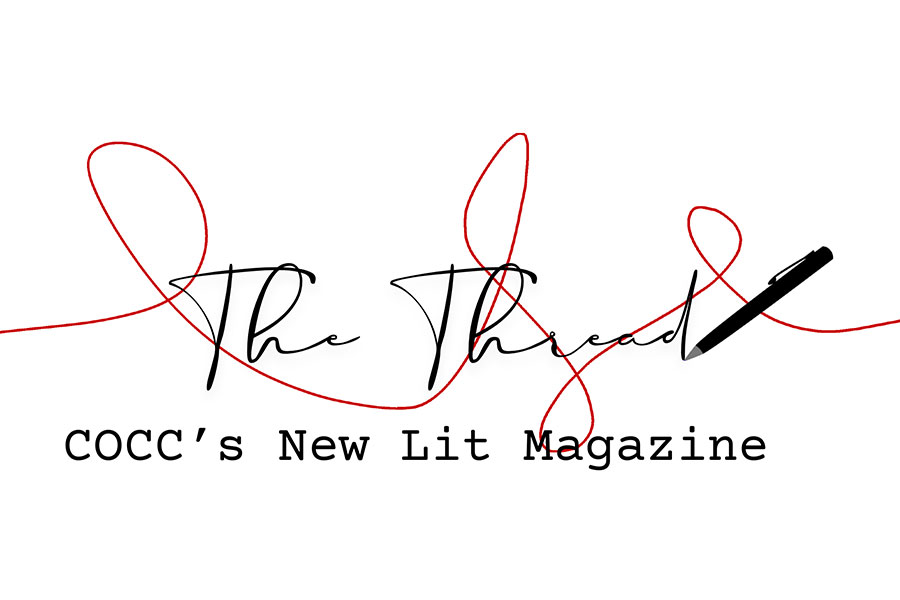Communications are changing and so is the Broadside. The average U.S. millennial (ages 16–30) with Internet access spends 3.1 hours a day on his or her mobile phone, according to TNS Global, a market research group. Increasingly, people are turning to their cell phones to get the information they need.
Until this point, the Broadside has been a print-first organization. All of our content has been created to be distributed from our newsstands, and newsstands alone. If we continue to operate in this manner, we are doing students, faculty, and the greater community, a tremendous disservice. Subsequently, the Broadside is committed to adapting to this new digital landscape.
This does not mean that we will be neglecting our printed product; moreover, we are revamping our design and content to better reach our readers.
Beginning in March, the Broadside will undergo a major three-part restructuring.
1. Content
We will begin to release content multiple times a week on our website, thebroadsideonline.com, as well on an impending Android- and iOS-compatible mobile application. Previously, we released the paper and then dumped all of that content online. In many cases, this meant that online content was outdated to the tune of three weeks. Students and faculty deserve to know what is happening on and around their campus as it happens.
Secondly, we will be implementing beat reporting. Essentially, beat reporting, is a method in which reporters specialize in a particular subject. This offers a myriad of benefits. Reporters will be better equipped to write in-depth and more current stories. Additionally, reporters will have the opportunity to specialize in the subjects that they are passionate about, as well as build valuable connections and relationships.
The final content-related change is a shift to collaborative assignments. A story is told through two elements, visual and written, and it follows that both pieces should be produced in tandem. This will increase cohesion between the design of the paper and is communication to our readers.
Additionally, we will begin implementing “active editing,” a process in which content will be edited while both reporters and editors are physically present. Active editing will allow stories to better meet our qualitative standards, allow stories to retain our reporters’ original voices and styles, and provide an environment that has a focus on teaching, learning, and overall improvement.
If you are interested in gaining valuable experience, and making a difference on campus and in the community, please contact Tim Cachelin (Editor-in-Chief) at [email protected]
2. Design
As The Broadside moves into the digital age, the physical newspaper will also undergo substantial design changes. First and foremost, The Broadside will increase the amount of whitespace that is used in its page designs. Utilization of whitespace, sometimes referred to as negative space, is often overlooked in an attempt to fill the newspaper with content. This approach leads to a discursive, unappealing display.
It is essential that every section of text, every headline and every photos is framed by a certain amount of whitespace. This design improvement will create a cleaner visual, making the page more appealing to the eye and increasing overall readability.
The second substantial change to page design will be the focus on centers of visual impact. Each article should have a solid photograph that connects directly to the story and gives the reader a snapshot of the content; and each page should have a clearly understandable hierarchy of story importance. By having photographers work directly with reporters, The Broadside plans to produce more relevant photos which will allow for more opportunities to create trenchant visual centers for each page.
The Broadside will also be making some more subtle changes, such as how reporters are credited and where specific colors are used. A few of these changes have already been implemented within this issue and they will consistently be used in following issues. Every change that we are making is solely for the benefit of our readers. As the Broadside moves forward into 2016, keep an eye out for these improved design strategies.
If you are interested in being a part of the design team and have your own design opinions, please contact Managing Editor Allison Kasari at [email protected] and submit a resume at the Broadside office.
3. Mobile Application
In May 2015, Google announced that it now receives more search queries from mobile devices than from desktops and laptops combined. That is the majority of 1.2 trillion searches per year, 3.5 billion searches per day, according to Internet Live Stats, an international team of researchers, analysts and developers who provide Internet statistics to clients such as BBC News, and the United Nations Conference.
Given these technological trends, The Broadside’s mobile application, scheduled for release in March 2016, will be the most potent way to usher COCC’s news service into the age hand-held information. With The Broadside’s dedicated team of reporters, photographers, designers, and editors, and with the ubiquity of mobile devices, relevant news will be delivered to the community faster than ever before.
The most prominent feature that the mobile app will bring to the table is a frequently updated calendar that will list campus and community events. App users will have instant access to dates and times of events as soon as they are made public. There will be no event unattended, no public speaker unheard and no free food untasted.
Secondly, the use of a mobile app allows us to publish easily accessible content that goes beyond the scope of the printed paper. The Broadside will have the opportunity to showcase local student artwork to a virtually unlimited extent. Rather than featuring an artist’s two or three “best” works in our paper, we can provide access to an entire digital portfolio. Rather than write about student musicians, we can provide direct access to audio content.
The Broadside mobile application will be perhaps the most auspicious change that this news service has ever seen. If you are interested mobile app development, have ideas for exclusive mobile app content, or have feedback regarding the application after its release, please contact Erik Nordin (Assistant Editor) at [email protected]





